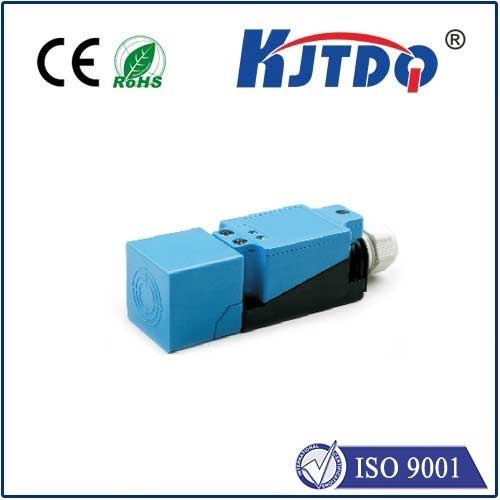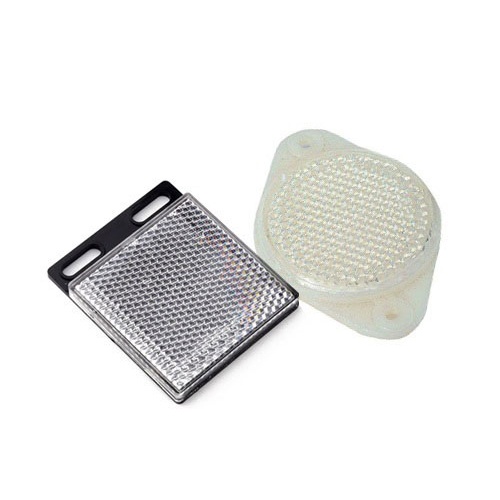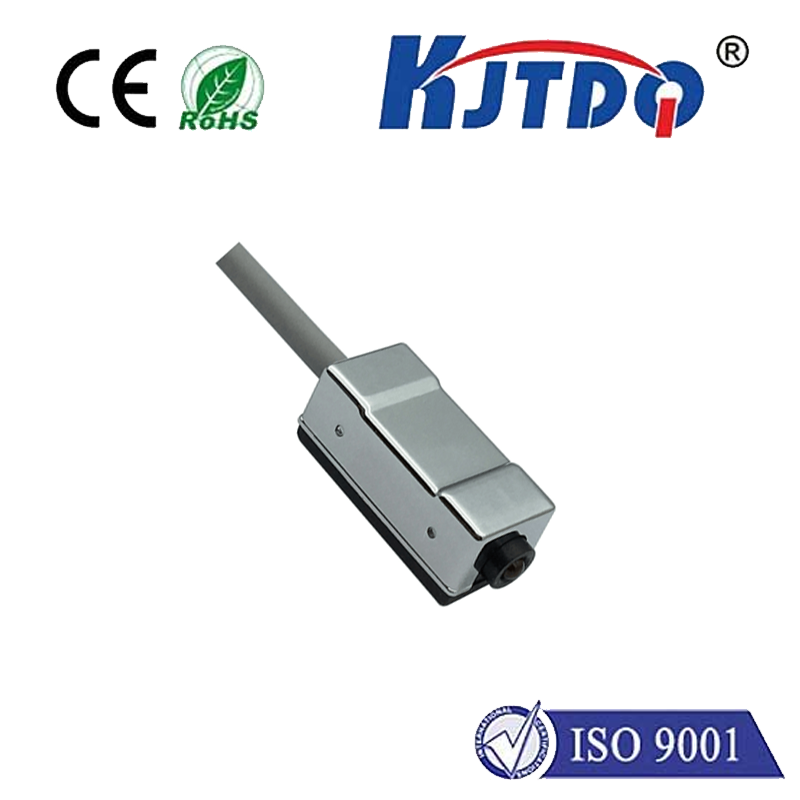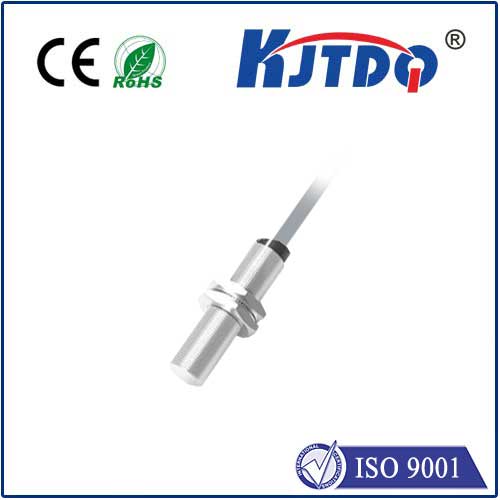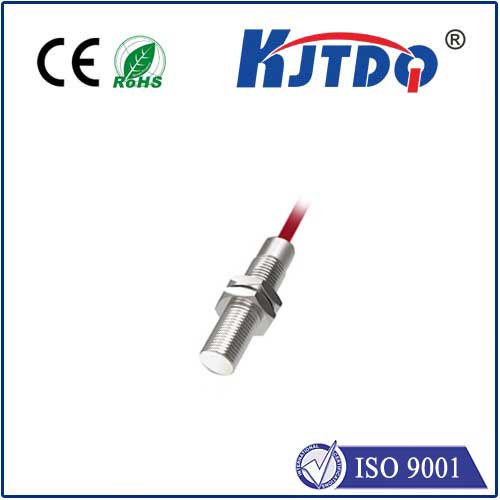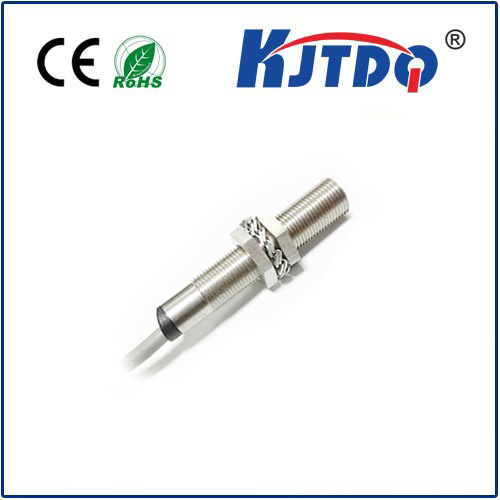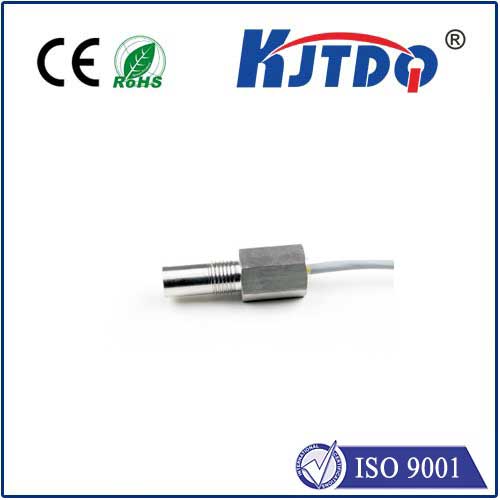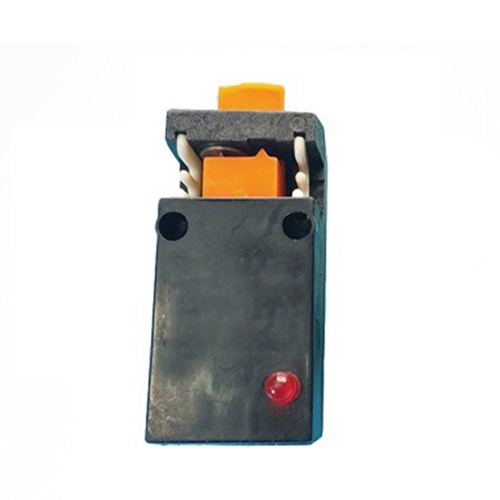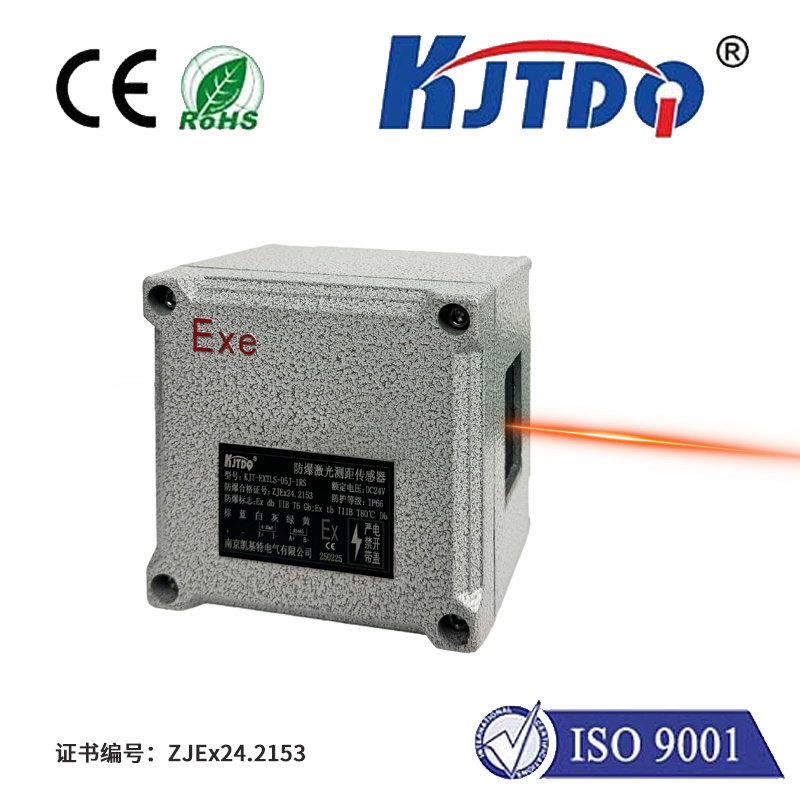Соседняя емкость
- time:2025-06-23 14:48:00
- Нажмите:0
The Silent Touch: How Proximity Capacitive Technology is Revolutionizing Non-Contact Sensing
That moment your phone screen lights up before your finger even grazes it. The faucet that magically starts flowing as your hand approaches. The interactive museum display reacting simply to your presence. These minor technological marvels share a common, invisible enabler: proximity capacitive sensing. This technology quietly detects objects without physical contact, creating intuitive, hygienic, and durable user interfaces across countless applications. But what lies beneath this modern convenience? Let’s delve into the fascinating world of proximity capacitive technology.
Unveiling the Invisible Field: The Core Principle
At its heart, proximity capacitive technology relies on the fundamental properties of capacitance – the ability of a system to store an electrical charge. A typical proximity capacitive sensor consists of an electrode (often made from conductive material like copper) that generates a precisely controlled, low-energy electric field extending into the surrounding space. This field is the sensor’s detection zone.
When an object – whether it’s a human finger, a hand, a tool, or even water – enters this electric field, it interacts with it. Conductors (like a finger) distort the field significantly. Even non-conductive objects (dielectrics) influence the field, albeit to a lesser extent, because they possess a different permittivity than air. This interaction changes the capacitance measured at the sensor electrode.
The sensor’s electronic controller constantly monitors this capacitance. Sophisticated algorithms detect even minute changes against a calibrated baseline. When the measured capacitance exceeds a predefined threshold, the system registers an “object present” event. This is proximity detection in action – sensing without touch.

Beyond Touch: The Critical Distinction
It’s vital to differentiate proximity capacitive sensing from its close cousin, touch capacitive sensing:
- Detection Distance: Proximity sensors excel at detecting objects before they make physical contact, often at distances ranging from millimeters up to several centimeters. Touch capacitive sensors require direct contact or extremely close proximity (like hovering a finger just above the screen).
- Sensitivity: Proximity sensors are designed to detect objects at a distance, meaning they generally require larger changes in capacitance. Touch sensors prioritize high sensitivity for direct contact precision.
- Functionality: Proximity detection is about presence sensing – “something is nearby.” Touch detection is about pinpointing a specific point of contact – “touched here.”
- Electrode Size & Design: Detecting objects further away often requires larger or specially shaped electrodes to project a stronger, more focused field suitable for proximity range.
Advanced proximity sensors often incorporate guard electrodes surrounding the main sensing electrode. These help shape the electric field, directing it outward in a controlled manner and shielding the sensor from interference caused by objects behind the PCB or housing, significantly boosting reliability.
The Ubiquitous Impact: Where Proximity Capacitive Tech Shines
The unique ability of proximity capacitive sensors to detect objects non-contact, reliably, and with relatively simple hardware has led to pervasive adoption:
- Consumer Electronics: Waking smartphones/tablets as you pick them up (proximity wake), automatically enabling hands-free speakerphone when held near your ear, virtual shutter buttons on cameras. Interactive lamp controls activated simply by waving a hand nearby.
- Industrial Automation & Machinery: Detecting the presence/absence of parts on conveyor belts without contact, preventing wear. Triggering processes (like glue dispensing, welding) only when a component is correctly positioned. Safety interlocks to sense a hand near a hazardous area before stopping a machine.
- Automotive: Hands-free gesture control for infotainment systems (volume, track skip). Interior lights activating as a hand approaches the door handle or overhead console. Detecting occupants for airbag deployment strategies.
- Appliances: Touchless faucets and soap dispensers (essential for hygiene). Ovens/ranges detecting pan presence automatically. Touchless control panels on refrigerators or microwaves.
- HVAC & Building Automation: Occupancy detection to control lighting and HVAC based on presence in a room or zone, improving energy efficiency.
- Medical & Laboratory Equipment: Enabling touchless control of sensitive equipment to maintain sterile fields or prevent contamination. Liquid level detection in containers.
- Robotics: Non-contact obstacle detection for collision avoidance, especially in collaborative robot environments.
Advantages Driving Adoption: Why Choose Proximity Capacitive?
The widespread use of proximity capacitive sensing technology is no accident. It offers compelling benefits:
- Durability & Reliability: With no moving parts and no requirement for physical contact, proximity capacitive sensors are highly resistant to mechanical wear and tear. Sealed sensors are also ideal for wet, dusty, or harsh environments.
- Zero Physical Wear: Because detection happens via an electric field, the sensor surface itself isn’t actuated, dramatically extending operational lifespan compared to mechanical switches.
- Hygiene: Touchless operation is paramount in medical settings, kitchens, and public spaces, reducing the spread of germs.
- Robustness Against Surface Contamination: Modern algorithms are sophisticated enough to distinguish between a deliberate interaction (like a hand) and common surface contaminants (light dust, water droplets, oil smudges), maintaining reliable operation.
- Aesthetic Flexibility & Seamless Integration: Sensors can be hidden behind non-conductive panels (plastic, glass, wood), enabling sleek, uncluttered, and waterproof designs.
- Low Power Consumption: Proximity sensing circuits can be designed to be very energy-efficient, waking higher-power systems only when needed – crucial for battery-powered devices.
- Cost-Effectiveness: At scale, the semiconductor solutions and standard PCB manufacturing processes make proximity capacitive systems highly cost-competitive.
Future Horizons: Where Does Proximity Capacitive Tech Go Next?
Proximity capacitive sensing technology continues to evolve rapidly. Key trends shaping its future include:
- Increased Intelligence: On-chip machine learning capabilities allow sensors to learn and adapt to their specific environment, differentiating between intentional gestures, accidental proximity events, and environmental noise with even greater accuracy.
- Enhanced Multi-Sensing Fusion: Combining proximity capacitive data with other sensor inputs (like accelerometers, ambient light sensors, or time-of-flight) creates richer context for more intuitive and robust interactions.
- Material Innovations: Developing sensors compatible with flexible or unconventional surfaces (fabrics, curved displays) expands application possibilities further.
- Ultra-Low Power Architectures: Driving efficiency even lower for always-on sensing applications integral to pervasive computing and the Internet of Things (IoT).
The Silent, Sensing Revolution
From the mundane to the mission-critical, proximity capacitive technology operates unseen, yet its impact is profoundly felt. It transforms how we interact with machines, enhancing convenience, hygiene, safety, and reliability. By harnessing the invisible properties of electric fields, it enables intuitive, touchless experiences that feel almost magical. As the technology grows smarter, more integrated, and more power-efficient, its invisible touch will weave itself even deeper into the fabric of our technological world, quietly shaping a future where seamless, non-contact interaction is the norm.


